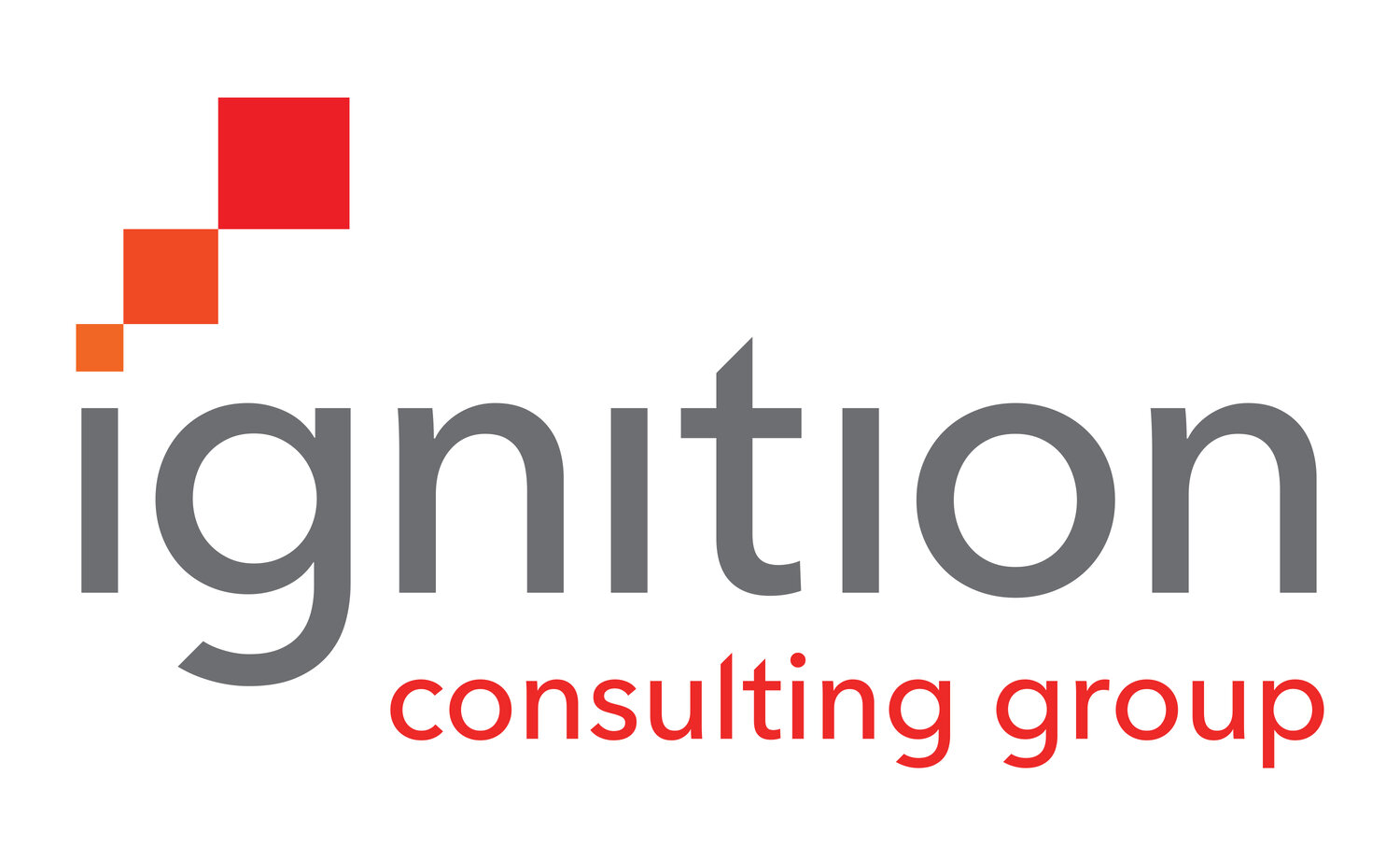If We Audited Your Firm’s Approach to Pricing, What Would We Find?
By Tim Williams
After analyzing the pricing practices of innumerable advertising agencies for the past several decades, we have found that the majority of marketing firms are remarkably similar. Unless your organization has made the leap from the shop-worn hourly rate system to modern pricing, here’s what we would expect to find. See if the following rings true for your organization.
While your time is likely running its business at an average net profit that has sustained the enterprise for several decades, your leadership team also knows that the current operating margin falls short of what’s possible for an organization that possesses an abundance of talent.
No doubt you’ve come to the conclusion that the industry’s predominant approach to remuneration -– billing for time -– represents a suboptimal revenue model that is ultimately incapable of enabling the firm adequately capture the immense value it creates for its clients. From a practical standpoint, you’ve finally come to understand that a time-based revenue model places a self-imposed revenue and profit ceiling on the agency, making it impossible for the company to scale its business in the same way brand companies do.
Forward thinking but backwards pricing
If you’re like most firms, despite your reputation for unconventional problem solving, your revenue model is predictably conventional. Even after all the press about pricing based on value, you’re likely still following a backwards pricing process. In client organizations, pricing is a top-down process, starting with the question of value to the customer, which determines the price, with a calculation of costs as the last step. The conventional approach in most agencies isn’t pricing at all; it’s just bottom-up costing, an exercise in which the cost becomes the price.
Most leadership teams are therefore approaching commercial decisions from the perspective of the “labor theory of value” which posits that price is determined by labor costs. But the most progressive firms have concluded that it’s time to join the pricing revolution -- the explosion of innovation and creativity in pricing that is reflected in the business practices of most other modern businesses.
When dealing with prospective clients, you’re likely continually frustrated at getting trapped in a constant cycle of benchmarking exercises, which by its very nature puts your firm in a defensive position. In reality, there is no effective way to defend or counter a prospective client’s demands to meet or beat industry cost benchmarks, because this is the wrong conversation in the first place. Client’s don’t buy – neither should we sell – our costs. Your firm shouldn’t be in the business of selling inputs (hours, FTE’s, time of staff) but rather outputs and/or outcomes. Clients don’t buy our activities or efforts; they buy solutions to business problems.
The ultimate version of pricing for outputs is to reframe your firm’s competencies as named programs or products. In place of the bullet-point list of services (which tend to be largely the same for competing firms) the goal is to develop a suite of solution sets – constellations of services designed to solve specific client problems. An important part of this productization strategy involves identifying existing intellectual property that could be monetized via licensing.
Daily pricing pain points
When asked to describe the main challenges or pain points they’re experiencing when it comes to pricing and remuneration, many executives observe that because many of the firm’s remuneration agreements are based on retainers, this creates what could be considered an “all-you-can-eat” buffet. The leaders of the firm realize this is an unsustainable approach, but feel they lack the knowledge or resources to present alternative models.
Professionals on the front lines of pricing discussions say they are consistently challenged and told that the firm is too expensive, raising the question of whether they are competitive in the market. But is this really true? Professional buyers in client organizations are trained to tell every one of the firms in a competitive pitch that “You are the most expensive firm we’re talking to.” Despite what procurement professionals might tell you, professional service firms rarely win — or lose — business opportunities based on price.
Others say clients have learned that they can always get a fee reduction if they challenge the price. “Clients don't want to pay for an on-going relationship,” reports a seasoned agency executive. “They like to explore and work with many different firms that compete on price. Procurement professionals are constantly exerting their power and engaging in constant cost controlling. In new business, there are too many competing firms pushing the price down to win a pitch.”
Dealing with professional buyers requires professional sellers
But underlying all of these discussions is the fact that most agencies lack the specific type of expertise or talent required to enter into a negotiation with trained professional buyers. This highlights the ultimate goal of revenue model transformation: to institutionalize pricing as a core competency within the organization, separate from cost accounting and the other areas traditionally associated with the finance department.
Pricing must be done by the people who are good at it, using the principles of modern pricing, so that there is a greater degree of alignment between the value the agency creates for its clients and the value it captures.


